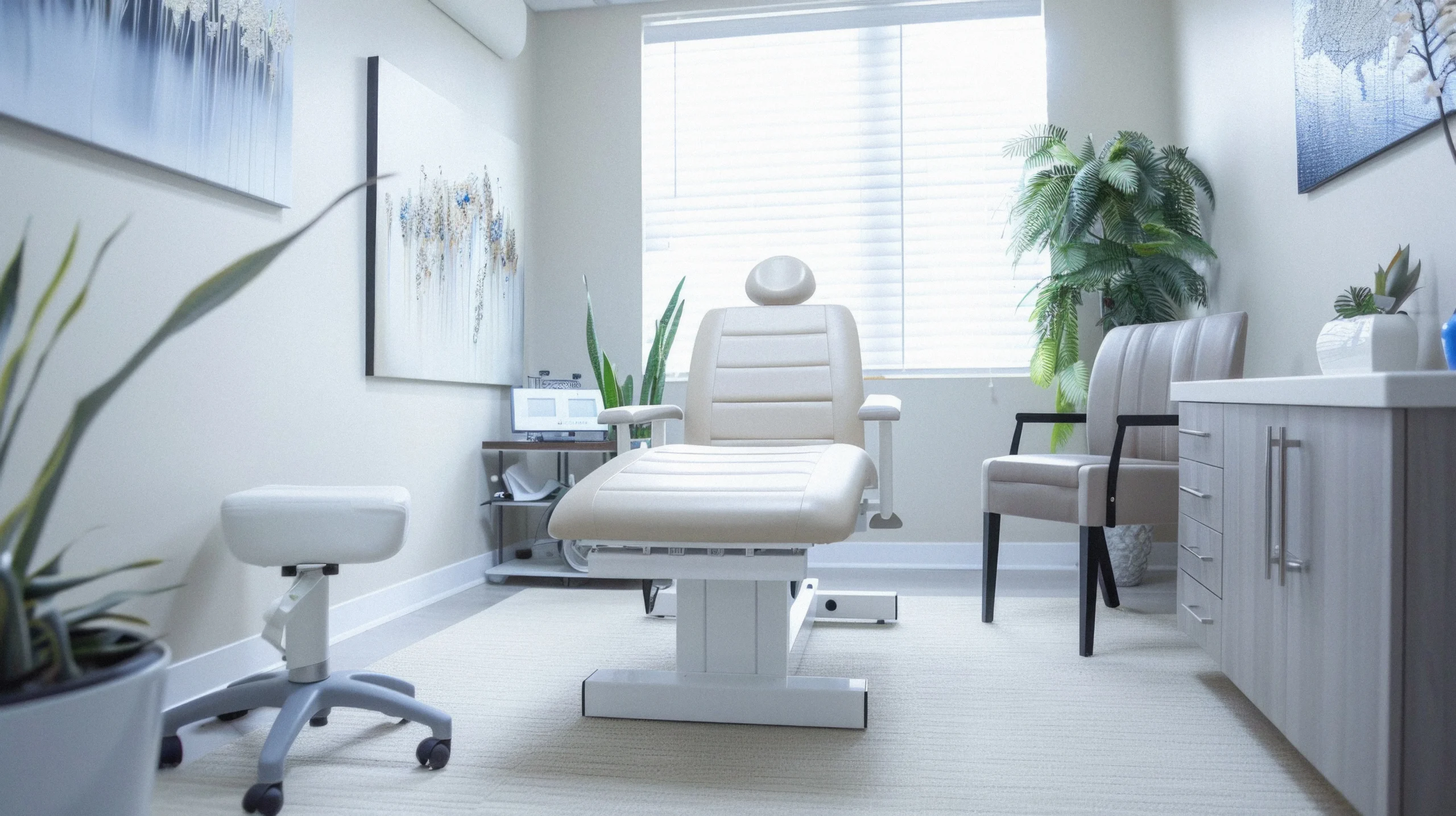In times of heightened anxiety, deep breathing techniques serve as a reliable and immediate lifeline, offering multifaceted benefits that extend beyond mere calming.
Their efficacy in reducing anxiety is underpinned by several fundamental mechanisms. First and foremost, deep breathing engages the body’s relaxation response, ushering in a palpable sense of tranquility amidst the chaos of anxiety. As anxiety often triggers rapid, shallow breathing and an accelerated heart rate, deep breathing acts as a counterbalance, gently slowing the breath and heart rate to promote a serene composure.
Moreover, anxiety frequently manifests with an array of distressing physical symptoms, including muscle tension, chest constriction, and dizziness. Deep breathing emerges as a potent remedy, systematically unraveling these physical discomforts, restoring a sense of ease, and rendering the anxiety crisis more manageable.
In the crucible of an anxiety crisis, one often experiences cognitive tumult, with thoughts scattered and clarity compromised. Deep breathing serves as a cerebral elixir, ensuring a steady supply of oxygen to the brain. This vital oxygen infusion bolsters mental clarity, affording a momentary refuge from the cognitive whirlwind of anxiety.
Additionally, deep breathing orchestrates a delicate dance between the sympathetic and parasympathetic nervous systems. Anxiety is chiefly instigated by an overactive sympathetic nervous system, which triggers the infamous “fight or flight” response. By engaging in deep breathing, the parasympathetic nervous system takes center stage, ushering in a soothing ambiance and tempering the ferocity of anxiety.
Moreover, deep breathing subtly shifts the focus away from anxiety’s tormenting thoughts and feelings. By concentrating on the rhythmic act of inhaling and exhaling, it creates a mental diversion, temporarily extricating you from the grip of anxiety and allowing for a momentary reprieve.
This practice empowers you, for deep breathing stands as a tangible reminder of your ability to influence your body’s response to stress. It grants you the autonomy to intervene and exert control over the trajectory of anxiety, steering it towards a more manageable course.
Embracing deep breathing early in an anxiety crisis can serve as a proactive strategy to forestall its escalation into an overwhelming ordeal. It is often easier to manage anxiety when it is nipped in the bud, preventing it from reaching the zenith of intensity.
Furthermore, the versatility of deep breathing as a coping strategy is another testament to its efficacy. It is a portable and discreet technique that can be employed in diverse settings, including public spaces, without drawing unwanted attention, rendering it practical for managing anxiety wherever it may strike.
Deep breathing is not merely a short-term solution but a long-term ally in the quest for resilience against anxiety. With regular practice, it becomes a skill, honed and refined, amplifying your overall capacity to confront and conquer anxiety.
What makes deep breathing particularly compelling is its synergy with other anxiety management techniques. It harmoniously complements cognitive-behavioral strategies, mindfulness, and other therapeutic interventions, creating a holistic approach to anxiety management that nurtures overall well-being.
In conclusion, deep breathing exercises are a versatile, accessible, and multifaceted tool for managing and mitigating anxiety. They not only offer immediate solace in the tempest of an anxiety crisis but also possess the potential to enhance your long-term resilience, making them an indispensable asset in your mental health toolkit.
Here’s why you should consider using deep breathing techniques in such situations:
Immediate Calming Effect: Deep breathing activates the body’s relaxation response. When you’re in the midst of an anxiety crisis, it’s common to experience rapid breathing and an increased heart rate. Deep breathing helps slow your breath and heart rate, providing an immediate sense of calm.
: Anxiety often comes with physical symptoms like muscle tension, chest tightness, and dizziness. Deep breathing helps relax muscles and alleviates these physical discomforts, making it easier to cope with anxiety.
Oxygenates the Brain: Deep breathing ensures a consistent flow of oxygen to the brain. Oxygen is vital for clear thinking, and during an anxiety crisis, your thoughts may become scattered or foggy. Deep breathing can help restore mental clarity.
Regulates the Nervous System: Anxiety is often driven by an overactive sympathetic system, which triggers the nervous “fight or flight” response. Deep breathing activates the parasympathetic nervous system, responsible for relaxation and calm. This balance helps reduce the intensity of anxiety.
Shifts Focus: Deep breathing provides a mental distraction. It shifts your focus from the anxiety-provoking thoughts and feelings to the simple act of breathing, allowing you to temporarily distance yourself from the crisis.
Empowers You: Having a practical coping strategy like deep breathing empowers you to take control of your anxiety. It reminds you that you have the ability to influence your body’s response to stress.
Prevents Escalation: By practicing deep breathing early in a crisis, you can prevent the anxiety from escalating to a point where it becomes overwhelming. It’s easier to manage anxiety when it’s at a lower intensity.
Portable and Discreet: Deep breathing exercises can be done discreetly, and you can use them anywhere, even in public. This makes them a practical tool for managing anxiety in various situations.
Enhances Long-Term Resilience: Regular practice of deep breathing can improve your overall ability to manage anxiety over time. It’s a skill you can develop and strengthen with practice.
Combines Well with Other Coping Strategies: Deep breathing can be used in conjunction with other anxiety management techniques, such as cognitive-behavioral strategies or mindfulness, to create a comprehensive approach to managing anxiety.
It’s important to remember that while deep breathing is a valuable tool, it may not be a standalone solution for severe or chronic anxiety. If you find that your anxiety is regularly interfering with your daily life, it’s crucial to seek professional help from a therapist or counselor who can provide a tailored treatment plan. However, deep breathing exercises can be an essential component of that plan and a valuable tool to have at your disposal during moments of anxiety.
Deep breathing exercises are a simple yet effective way to relax, reduce stress, and promote a sense of calm. They can be done almost anywhere and at any time. Here are some deep breathing exercises you can try:
4-7-8 Breathing:
Sit or lie down in a comfortable position.
Close your eyes and take a deep breath in through your nose for a count of 4.
Hold your breath for a count of 7.
Exhale slowly and completely through your mouth for a count of 8.
Repeat this cycle 3-4 times.
Box Breathing:
Inhale through your nose for a count of 4.
Hold your breath for a count of 4.
Exhale through your mouth for a count of 4.
Pause and hold your breath for another count of 4.
Repeat this pattern for several cycles.
Belly Breathing:
Sit or lie down comfortably.
Place one hand on your chest and the other on your abdomen.
Inhale deeply through your nose, allowing your abdomen to rise (the hand on your abdomen should move, not the one on your chest).
Exhale slowly through your mouth, allowing your abdomen to fall.
Focus on the rise and fall of your abdomen with each breath.
Alternate Nostril Breathing:
Sit in a comfortable position with your spine straight.
Close your right nostril with your right thumb and inhale slowly and deeply through your left nostril.
Close your left nose with your right ring finger and release your right nose.
Exhale slowly and completely through your right nostril.
Inhale deeply through your right nostril.
Close your right nostril and release your left nostril, exhaling through your left nostril.
This completes one round. Repeat for several rounds.
3-Part Breath:
Sit or lie down in a comfortable position.
Inhale deeply through your nose, filling your lower lungs first, then your middle lungs, and finally your upper lungs.
Exhale slowly and completely through your mouth.
Focus on the breath moving through different parts of your lungs.
Progressive Relaxation Breathing:
Start by tensing and then relaxing each muscle group in your body, working your way from your toes to your head as you breathe in and out.
For example, as you inhale, tense your toes and then release the tension as you exhale.
Continue this process through your entire body, moving from your feet to your head.
These deep breathing exercises can be used as part of a regular relaxation routine, or they can be a helpful tool when you’re feeling stressed or anxious. Regular practice can lead to better stress management and an increased sense of well-being. Remember to practice deep breathing in a quiet, distraction-free environment for maximum effectiveness.









